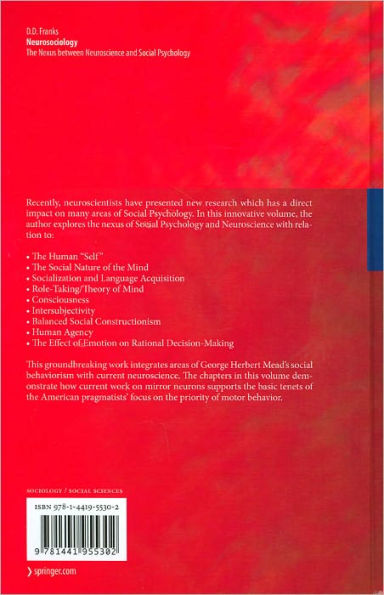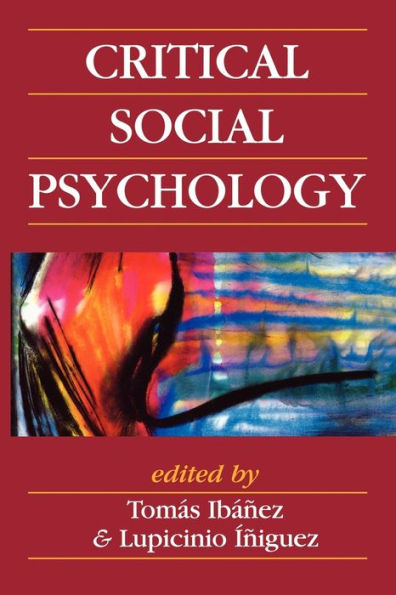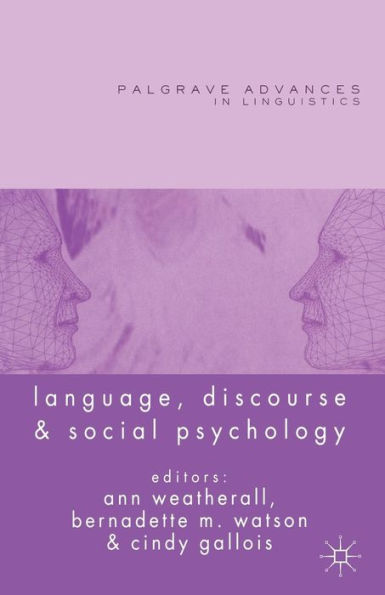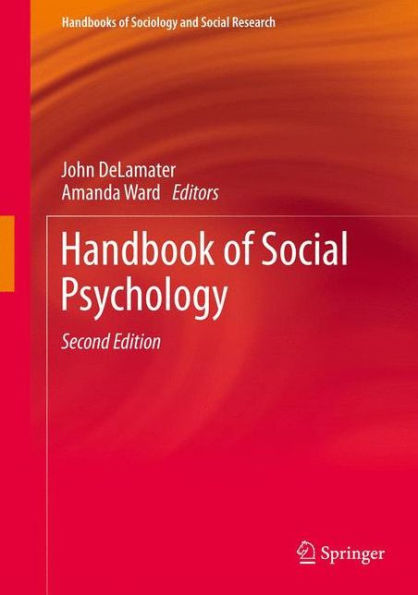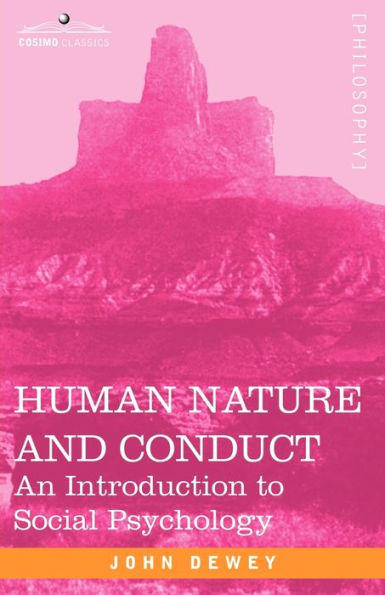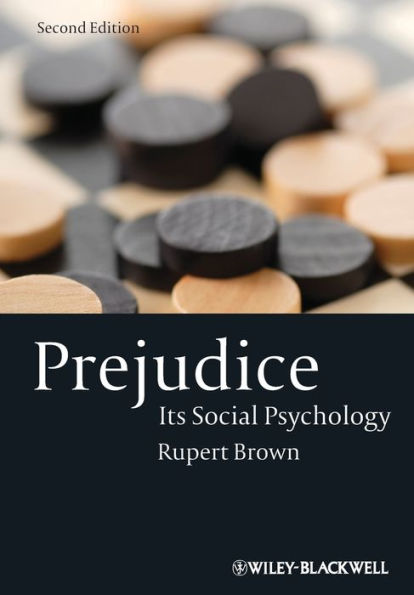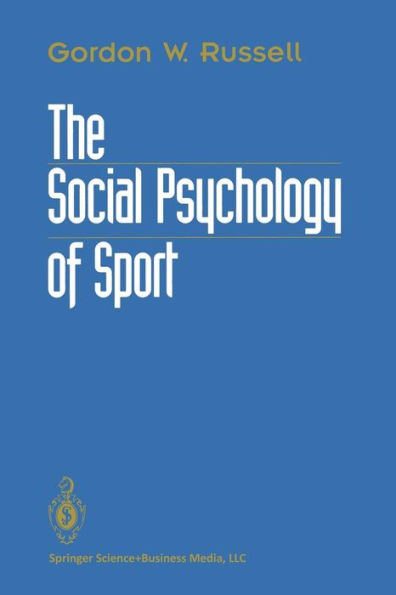Home
Neurosociology: The Nexus Between Neuroscience and Social Psychology / Edition 1
Barnes and Noble
Loading Inventory...
Neurosociology: The Nexus Between Neuroscience and Social Psychology / Edition 1
Current price: $109.99
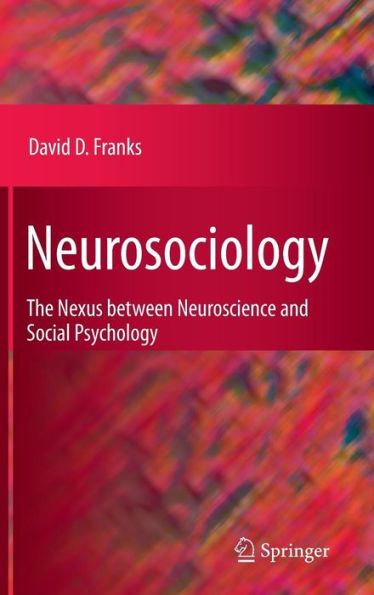
Barnes and Noble
Neurosociology: The Nexus Between Neuroscience and Social Psychology / Edition 1
Current price: $109.99
Loading Inventory...
Size: OS
*Product information may vary - to confirm product availability, pricing, shipping and return information please contact Barnes and Noble
As a career sociologist I first became interested in neurosociology around 1987 when a graduate student lent me Michael Gazzaniga’s The Social Brain. Ifthe biological human brain was really social, I thought sociologists and their students should be the first, not the last, to know. As I read on I found little of the clumsy reductionism of the earlier biosociologists whom I had learned to see as the arch- emy of our field. Clearly, reductionism does exist among many neuroscientists. But I also found some things that were very social and quite relevant for sociology. After reading Descarte’s Error by Antonio Damasio, I learned how some types of emotion were necessary for rational thought – a very radical innovation for the long-honored “objective rationalist. ” I started inserting some things about split-brain research into my classes, mispronouncing terms like amygdala and being corrected by my s- dents. That instruction helped me realize how much we professors needed to catch up with our students. I also wrote a review of Leslie Brothers’ Fridays Footprint: How Society Shapes the Human Mind. I thought if she could write so well about social processes maybe I could attempt to do something similar in connection with my field. For several years I found her an e-mail partner with a wonderful sense of humor. She even retrieved copies of her book for the use of my graduate students when I had assigned it for a seminar.
As a career sociologist I first became interested in neurosociology around 1987 when a graduate student lent me Michael Gazzaniga’s The Social Brain. Ifthe biological human brain was really social, I thought sociologists and their students should be the first, not the last, to know. As I read on I found little of the clumsy reductionism of the earlier biosociologists whom I had learned to see as the arch- emy of our field. Clearly, reductionism does exist among many neuroscientists. But I also found some things that were very social and quite relevant for sociology. After reading Descarte’s Error by Antonio Damasio, I learned how some types of emotion were necessary for rational thought – a very radical innovation for the long-honored “objective rationalist. ” I started inserting some things about split-brain research into my classes, mispronouncing terms like amygdala and being corrected by my s- dents. That instruction helped me realize how much we professors needed to catch up with our students. I also wrote a review of Leslie Brothers’ Fridays Footprint: How Society Shapes the Human Mind. I thought if she could write so well about social processes maybe I could attempt to do something similar in connection with my field. For several years I found her an e-mail partner with a wonderful sense of humor. She even retrieved copies of her book for the use of my graduate students when I had assigned it for a seminar.
